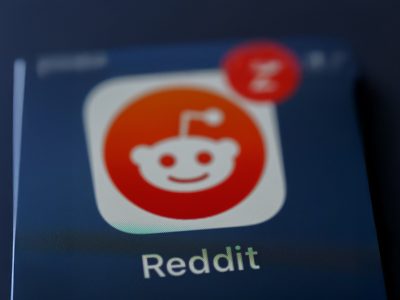Interchanging the terms marketing and advertising is commonplace today. However, understanding the difference between the two is important to effectively apply them to your competitive strategy.
Advertising is paid media used to promote a product or service.
Marketing is the strategic planning, implementing, and tracking of a mix of media and business components toward a specific campaign.

In other words, advertising is the promotional piece to the marketing mix that generates buzz around a product or service. Advertising gives the consumer information on the product and the next steps to take to make the purchase. For example, with the influx of CRE construction in DFW, an agency might design a plan that includes banners. The banners are used to draw the audience to that campaign and connect with the consumers.
Marketing as a Primary Strategy
Although advertising is an integral part of any campaign, it cannot exist without a clear marketing plan. Marketing begins by digging deep into your company’s roots to find its value proposition. This becomes the cornerstone of the marketing mix. After uncovering your unique selling point, you can pinpoint exactly how you want to target buyer personas. According to HubSpot, buyer personas “are fictional, generalized representations of your ideal customers.” These personas include the likes, dislikes, occupation, age, gender, and other demographic information that will tailor your advertising message so that your audience will best receive it.
In today’s consumer-centric world, every company’s goal should be to build two-way communication with the target audience. This means that paid advertisements that send out persuasive messages but lack engagement are less likely to create this connection. Keeping consumers interested, informed, and entertained with the right content can generate more leads and a higher conversion rate for your business.
According to AdWeek, a recent survey of 30 content marketing agencies and 600 digital publishers showed that content marketing on social media generated a higher return on investment (ROI) than native advertisements. Kelsey Lipert, vice president of marketing at Fractl, explained that this is likely because “readers are necessarily less engaged with advertising versus editorial content, and metrics show lower share rates, lower engagement rates, lower view counts, etc., in most cases.”
Debunking Advertising’s Bad Rep
On a daily basis, we all feel bombarded by advertisements. As marketers, we have struggled in the past to find the right way to make our audience aware of our offerings without being inundated. However, paid media proves its worth consistently in consumer behavior research in categories such as top-of-mind recall and brand recognition. The key is to sprinkle cohesive advertising messages across the marketing mix that draw consumer attention and create engagement. It’s also important to ensure that you are targeting your consumers in a way that pushes them to pay attention.
As digital advertising continues to grow and develop with technological advancements, advertisers target their paid media directly to whom they want to reach. Personalized messages generate relevance for each buyer persona, which means that advertising is becoming less of an annoyance and more of a helpful tool. With its inexpensive price tag and proven ROI, paid advertising continues to be profitable. Stay up-to-date on the ever-changing world of digital marketing with the newest digital marketing trends.
Marketing for Real Estate
The key to success with digital marketing is to have an integrated strategy. But running an inbound marketing campaign for your multifamily property can be difficult. Download our content calendar to form your content planning strategy.




